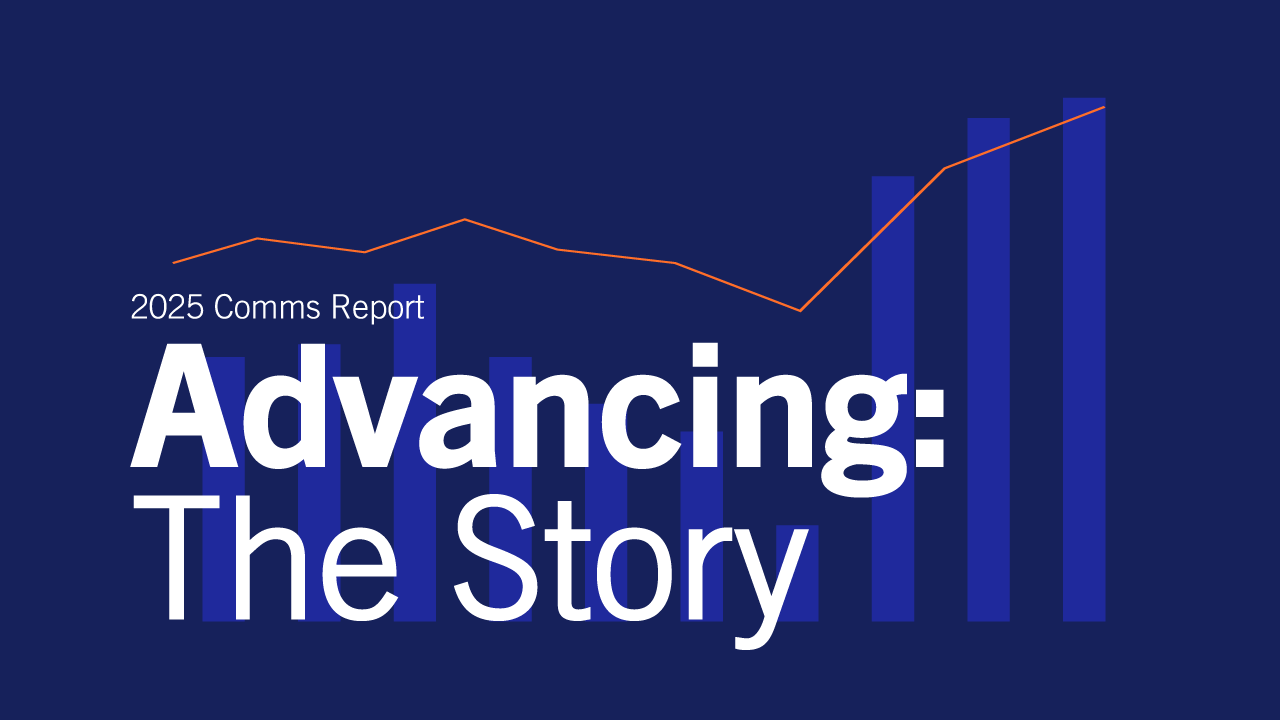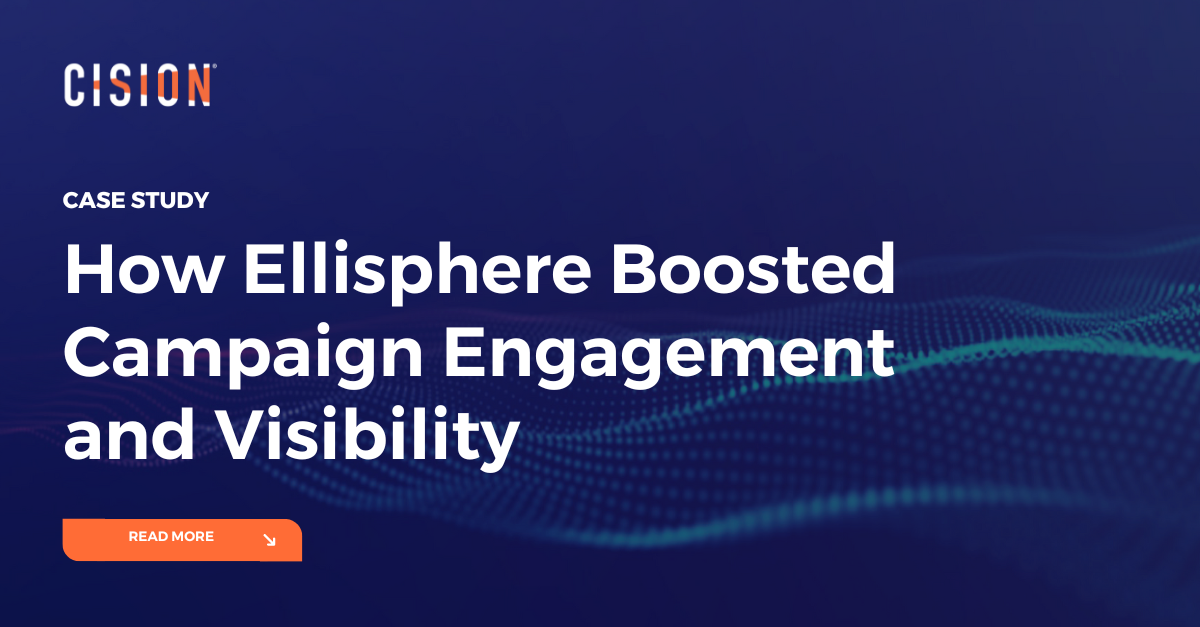As we reach the end of the year, you’re likely thinking about what you can do with the remainder of your budget to achieve the best results and prove your efforts are having an impact. Cost-effective PR ideas can help you get the most out of your budget, as well as fill the gaps between your big-ticket campaigns. Not to mention that when you can prove you’re getting the most bang for your buck, you are more likely to secure a sufficient budget for next year – which is among the biggest obstacles for PR teams, according to the 2024 Global Comms report (as well as a recent LinkedIn poll asking what PR challenges haunt people the most).
We’re going to dig into some of the best options to make the most of this time of year – and your budget.
How Much Does a PR Campaign Cost?
PR campaign costs vary depending on the size of the campaign and what’s involved. It may sound like a vague answer, but two similar campaigns with different elements and target outlets can have different costs.
To help plan your budget accordingly, it helps to know how much previous campaigns have cost so you have a baseline from which to measure. You can also break down the elements involved so you can more accurately gauge what you will need in order to execute future campaigns.
Regardless of what your budget is, there’s likely room for the following cost-effective PR ideas.
Cost-Effective PR Ideas to Make the Most of Your Budget
There are plenty of ways to get your brand and message to your target audience, and not all of them are expensive. Keeping some of these cost-effective PR ideas up your sleeve will help you take advantage of any gaps in your plans or extra budget you have to use before the year ends – but whichever you choose to try, make sure you do everything you can to make your campaigns stand out.
1. Craft Cost-Effective Social Media Campaigns
One of the most cost-effective PR ideas is to create social media campaigns. Social media campaigns are relatively inexpensive to execute because you have complete control over everything – from the wording and media used to the platforms and timing.
You can opt for organic campaigns or use paid ads to reach a larger and more defined audience, giving you greater scope to achieve the best results – such as reaching more people or ensuring the right people see your message. You can even encourage users to head to your website to complete an action like requesting a demo or downloading content.
When it comes to understanding the impact of your social media campaigns, we recommend leveraging social listening tools like CisionOne, which enable you to monitor what people are talking about, gauge how users are responding to your content, and use that information to decide your next campaign move.

Here we can see Yankee Candle getting into the festive spirit with a wintery themed post on social media showcasing their festive fragrances. Using a theme like this matches the time of year and holiday period, and they can vary the messaging as needed and post to their channels as often as they want to keep the content fresh.

Another example is Hardees, who are bringing back their Cinnamon 'N' Raisin Biscuits following a successful revival last year. This product is going to be available throughout the winter season, but they tied the promotion to the time of year with a Halloween theme.
2. Partner with Micro-Influencers for Seasonal Campaigns
Influencer marketing is a powerful tool, and while the biggest names come with large costs, partnering with micro-influencers can be just as effective in a different way.
Micro-influencers make it easier to carry out PR on a budget. They tend to cost less than other influencers because their audiences are smaller (usually less than 50,000 followers) and more niche; however, that also means they are more engaged and focused on a specific topic.
Working with micro-influencers can also be easier than working with influencers who have bigger followings. Micro-influencers, who stand to benefit more from the exposure of partnering with another brand, tend to be more collaborative, which in turn can elevate your campaign.
Our Influencer Marketing tip sheet can help you navigate the do’s and don’ts of this type of marketing, ensuring you get the most out of it.
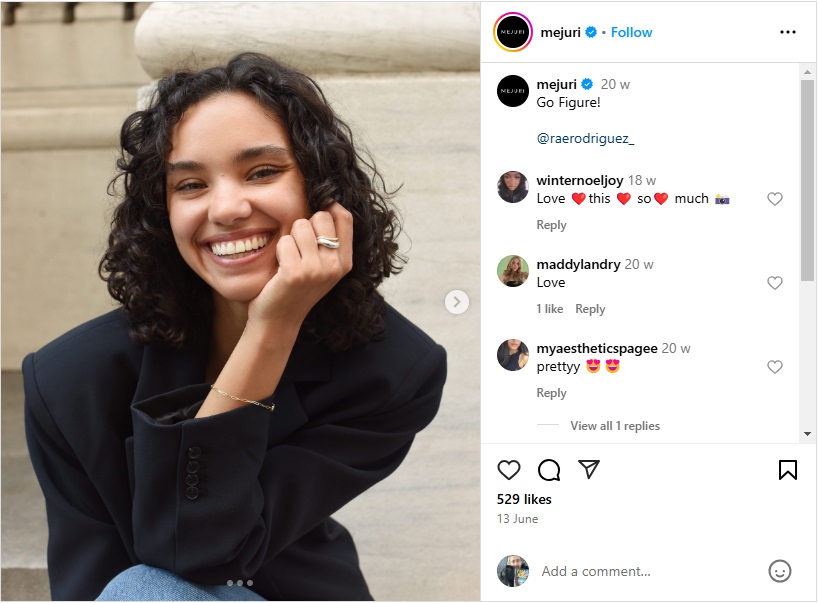
One example of a brand working well with micro-influencers is Mejuri. This jewelry brand works with micro-influencers to expand their reach and showcase their products in real settings, such as with Rae Rodriguez, a health, beauty, and lifestyle model. The communities that micro-influencers have generate real engagement and cement the brand’s offering in a real way.
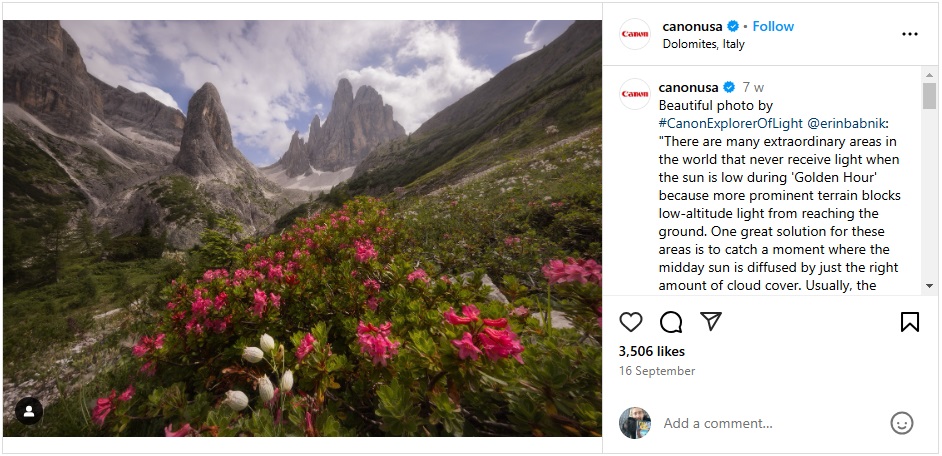
At the other end of the scale is Canon, which is a much larger brand with worldwide appeal. They work with influencers of all sizes, and share photos taken with their products, such as this image from Erin Babnik, who captures her adventures with expressive landscape photography. This generates a steady stream of content users are interested in and takes less work than going to these places themselves. This shows how a strategy of user-generated content can work for a brand.
3. Cross-Promote with Complementary Brands
Splitting the cost of your campaign with another brand or organization is a perfectly reasonable way of getting results out of a small budget, especially when you can cut back on the amount of work that needs to be done, too.
When it comes to choosing the right brand to work with, consider a brand with an audience whose interests are similar to yours and create a deal that your combined audience would find value in. Look for organizations that are not your competitors, but whose products or services complement yours. Be sure to agree on who will be responsible for what parts of your joint campaign.
Not only will you get more out of your budget, but you will also enjoy access to new audiences, reaching more consumers and boosting your influence.
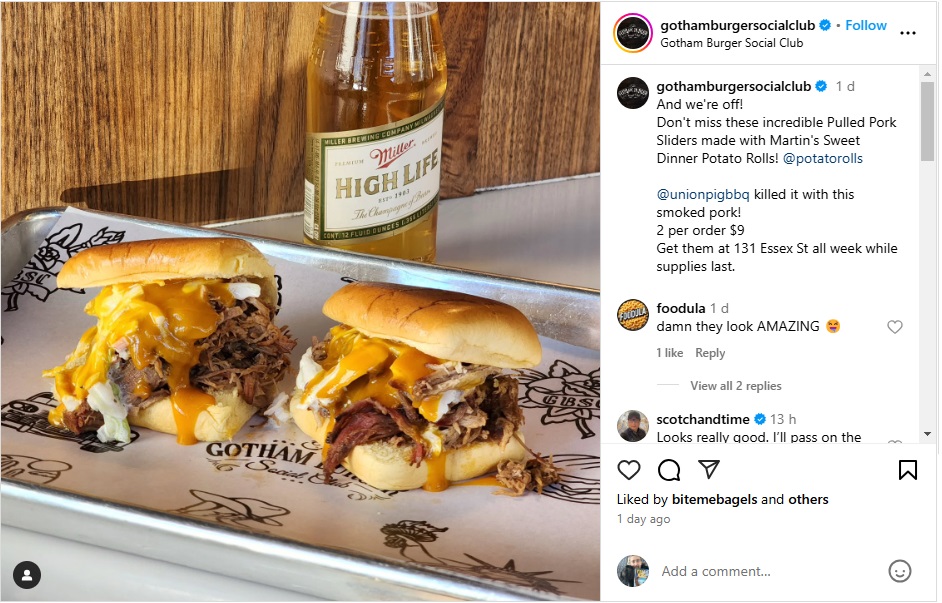
One example of a recent joint campaign is this collaboration with Gotham Burger Social Club using Martin’s Famous Potato Rolls in their menu. By reaching out to similar but different audiences, both brands are likely to grow their awareness and gain more customers in the process.
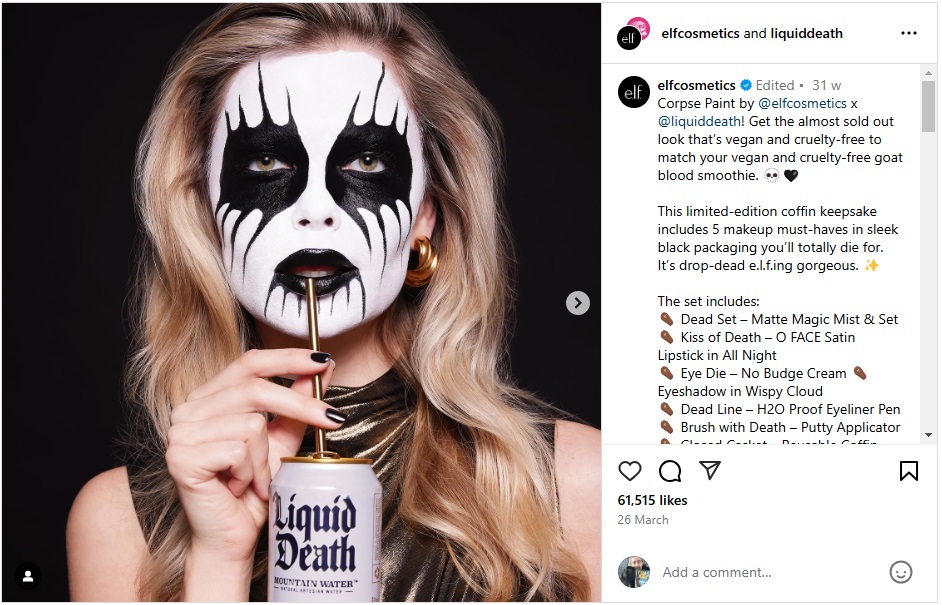
Some team ups can seemingly come from nowhere, such as the e.l.f. and Liquid Death collaboration, where they show off a new look inspired by the drinks company’s branding. This will appeal to people with certain style preferences, while sharing the products of each brand with their respective audiences.
4. Collaborate with Charities for Good Will
There are many ways to build your brand presence and influence, and making a contribution to society is one of the more powerful ones. Whether raising funds for a local community or doing something on a much larger scale, crafting a campaign that gives back can help you reach new people and show a different side to your organization.
If your organization has a set of stated brand values, partnering with a charity that shares these values can show your brand in a new light and win over new audiences who also share these values.
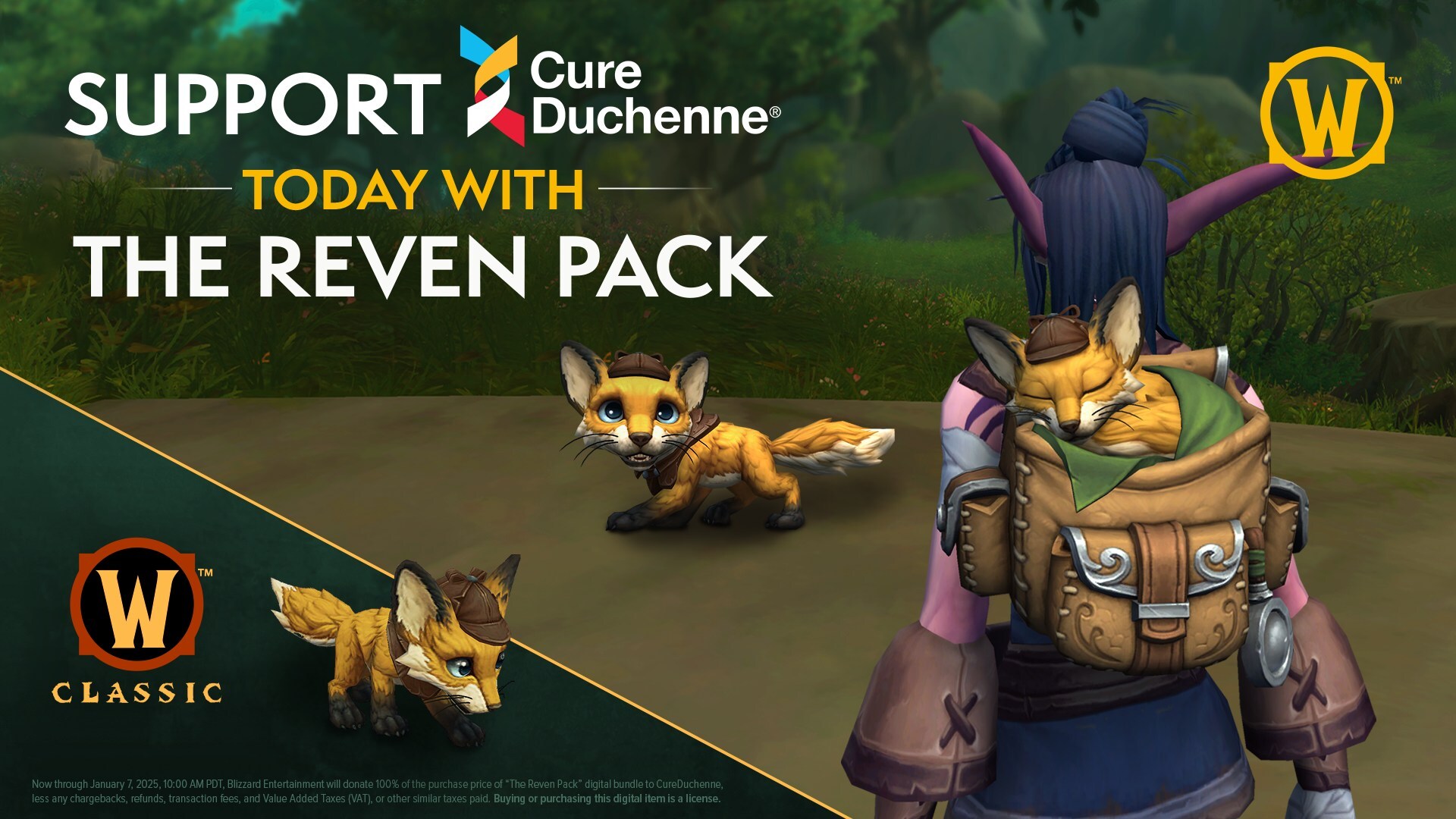
Charity collaborations can come in all shapes and sizes. For example, CureDechenne is partnering with World of Warcraft maker Blizzard Entertainment, so players of the popular game can purchase a pet-themed package to raise funds for the non-profit organization.
And earlier this year, Massage Heights collaborated with the National Alliance on Mental Illness (NAMI) on a giving back campaign. The brand donated money for every massage and facial treatment completed during the campaign to support the health organization.
5. Repurpose Existing Content for a Holiday Twist
Performing regular content audits is a great way to keep your content performing well. Look for pieces that have seen drops in performance, such as organic traffic or conversions, and update them so they’re as relevant now as they were when you first created and published them.
If you find these any of these pieces during the holiday season and can put a new spin on them to reflect the time of year, you not only add up-to-date information, but you tie in to the seasonal trends audiences like to jump on. This is a win-win situation – as long as the holiday tie-in isn’t too much of a stretch.
One example of a brand that did this well is Going, a travel app. Knowing that travel tips are popular throughout the year – but even more so during the busy holiday season, when travel spikes - Going repurposed some of their content to put a holiday spin on it. Not only did the move result in content that was relevant to what their audience wants – helpful information for their upcoming trips – but it likely took less work than creating brand new content from scratch.
How to Pitch Your Year-End PR Campaigns
A great PR campaign, large or small, is only as good as the results it brings (more on that shortly) and one of the best ways to improve performance is to pitch it to journalists to get earned media coverage on what you’re doing. This can help save you money on advertising costs, too, meaning more resources for campaigns.
Having access to a comprehensive list of journalists that lets you find the most relevant contacts for your topic and campaign is a great starting point. You’ll find such a list with CisionOne’s media database, or you can build your own, but you can do more to ensure you get better responses from any pitch you send.
In researching how to create the perfect pitch, we took data gathered from the 2024 State of the Media report and identified key takeaways to help boost your pitch success rate. The top tip was keeping your pitch relevant to the journalist and their audience – so research where your content will resonate with audiences, and you’ll see better results.
When it comes to writing your pitch, be aware that journalists care more about the content than the brand it comes from. After all, they want their audience to be engaged, and a good story or campaign does that more than the brand behind it.
Other PR pitching tips from journalists include: crafting a compelling subject line, including multimedia to supplement your story, and keeping the pitch concise and to-the-point. Knowing these details can make all the difference.
This is just the tip of the iceberg. There are a lot more tips and strategies you can utilize to help get your PR campaign the coverage you want – and that it deserves. For more guidance, check out our complete guide to PR pitching, which is a goldmine of information that can have a huge impact on your results.
Measure and Showcase Year-End Results
Results speak volumes, whether you're carrying out PR on a budget or making sure you use as much of your allocation as you can. You prove the worth of your PR campaigns by measuring the right metrics and reporting back to the people who set your targets and your budget. The better the results, the higher the chances of getting the resources you need next year.
There are a huge range of metrics and KPIs you can track, and the ones you report on will ultimately depend on the type of campaigns you carry out and what you want to achieve from them. Some examples are:
- Campaign coverage
- Pitch response rates
- Earned media mention
- Social media mentions
- Audience reach
- Website traffic
- Lead generation
Each PR campaign, and where it’s placed or pitched to, should be reported on by the most relevant metrics and aligned to your goals to show what the outcomes were. You can then compare this to the cost of the campaign to find out how much value it brought.
Be Flexible with Your PR Plans to Get the Most from Your Budget
No matter how well you plan your PR efforts, you need to be flexible and adapt to changes as they arise. An opportunity may arise that you weren’t expecting, your brand’s reputation could change, or an external event or piece of news could require a response from you.
You might find you allocated too much of your budget for campaigns and have extra resources to use towards the end of the year, too. Being able to pivot and switch to other campaigns that use the budget can help you boost your results before the annual review.
Having a collection of cost-effective PR ideas to take advantage of these situations means less time planning and more time getting the results you need. You can further reduce the time you spend planning campaigns with the Cision PR & content planning calendar that covers key dates for the year, making it a great resource to combine with your PR campaign ideas.
Most Recent Posts
Cision Resources
-
E-books and Guides
Comprehensive how-to guides on strategy and tactics
-
Case Studies
What are other brands doing – and how can we learn from them?
About Dave McCreery
Dave is the Senior Content Manager at Cision specializing in SEO-driven content strategies. He has over 10 years of content creation experience and proven success crafting stories that engage, educate, and entertain audiences across different markets and industries.
Learn More. Do More. demo new
PR Tips, Case Studies, and Product Updates

[On-Demand Webinar] The Next Generation of Media Intelligence: From Gorkana to CisionOne
Explore CisionOne, a revolutionary media intelligence platform, and the evolution of Gorkana. Learn key features and strategies from Luke Williams, CisionOne Product Marketing Manager. Elevate your media outreach to new heights!

